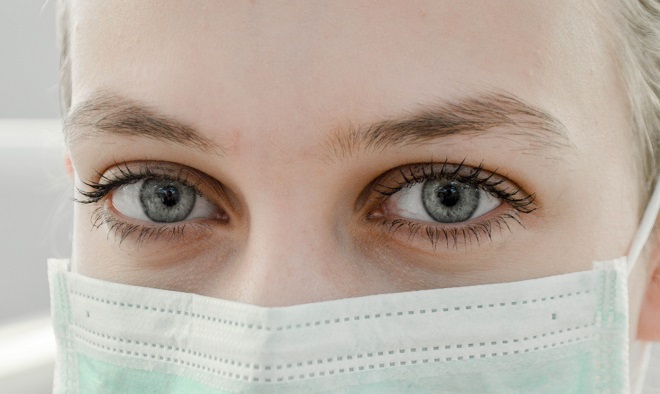Norway is often recognized for its gender equal society, but despite this, it has a highly gender segregated labor market. One result of this division is that when the COVID-19 pandemic reached the country it affected women and men differently.
The Director of CORE – Centre for Research on Gender Equality, Mari Teigen, made a recent contribution to the blog Gendering COVID-19, for The Global Institute for Women's Leadership at King's College London. The question she considered in her post was “How has COVID-19 affected Norway, often characterized as one of the world’s most gender equal societies?”
“Eighty-five percent of the Norwegian workforce are in occupations dominated by one gender. Since women predominate in the health and education sectors, in both of which they work in direct contact with people, they have been more exposed to infection than workers in other sectors, such as industry, in which men predominate”, Teigen explains.
The challenges of the health and care sector
The gender differences are not only among those infected. The public health sector is the largest employer in the Norwegian labor market, but it is currently suffering from a considerable lack of recruitment to meet the needs of years to come. The shortage of employees has created high levels of pressure in the workplace and for existing employees. COVID-19 has further exacerbated this pressure, causing the public health sector and its workers to become exhausted.
As COVID-19 demands a functioning health and care system, it highlights the importance of the people employed in the public health sector and its crucial role in Norwegian society. Even though there are pressing needs in the public health sector, which is the workplace for one-third of all women, its workers are yet to be rewarded through the centralized wage bargaining system. With health and care occupations not receiving increases in wages commensurate with other sectors, it risks future low recruitment, while the pay gap between male dominated and female dominated occupations is sustained and reinforced.
Another challenge within the health and care sectors has been the high number of part-time positions. This forces people with small job fractions to work in several places in order to achieve the equivalent of a full-time position. According to Teigen, this is both increasing contagion and exacerbating the strain in the sector.
Emerging traditional gender roles
We have seen that COVID-19 has affected gender equality in the labor market, but how has it affected life within the home? One of the most prominent changes is that work has been relocated from the office to the home. Furthermore, during the pandemic, women have taken up the main load of childcare and housework. This pattern provides reason to ask whether traditional gender roles are re-emerging.
COVID-19 has illuminated the parts of Norwegian society in which work still needs to be done to achieve gender equality.
“When the pandemic has passed, we need to ‘lift all stones’”, Teigen suggests. “Perhaps there will be important lessons to be learned in the post-crisis light.”
Read the full blog post here: How the pandemic exposed the faultlines of gender inequality in Norway’s labour market

